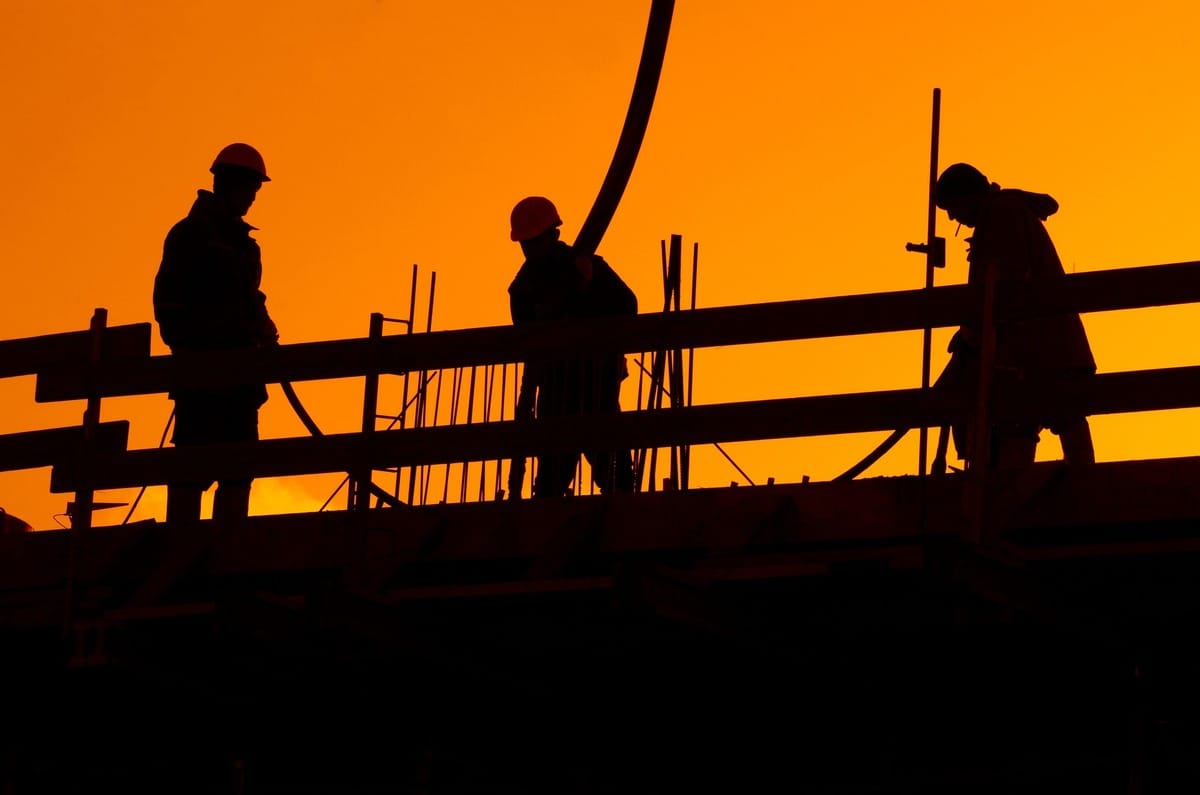- Full Brim Safety
- Posts
- Building a Culture of Safety: Fostering Consistent PPE Compliance
Building a Culture of Safety: Fostering Consistent PPE Compliance
Full Brim Safety: Build Smart, Build Safe

Building a Culture of Safety: Fostering Consistent PPE Compliance
Welcome back, let's Build Smart & Build Safe! We've explored the importance of Personal Protective Equipment (PPE) and its proper use. Today, we delve deeper into building a culture of compliance, where wearing PPE becomes an ingrained habit and safety becomes a shared responsibility.
Why is a culture of PPE compliance critical?
Reduces accidents and injuries: When everyone consistently wears the right PPE, the risk of injuries and accidents significantly decreases.
Boosts productivity and efficiency: When workers feel safe and protected, they focus better and work more productively.
Improves morale and teamwork: A culture of safety fosters a sense of trust and collaboration, leading to a more positive work environment.
Ensures compliance with regulations: OSHA and other safety regulations require PPE use in specific situations. A strong culture of compliance ensures adherence to these regulations.
Building a culture of PPE compliance requires a multi-pronged approach:
Leadership commitment: Leaders must set the tone by demonstrating a clear commitment to safety and consistently wearing PPE themselves.
Employee involvement: Encourage active participation from all workers in identifying hazards, selecting the right PPE, and ensuring proper use and maintenance.
Training and education: Provide regular training sessions to educate workers about the importance of PPE, how to choose the right gear, and how to use it properly.
Peer support and recognition: Encourage peer-to-peer support and recognition for safe practices, including consistent PPE use.
Positive reinforcement and rewards: Implement positive reinforcement systems to reward consistently safe behavior and PPE compliance.
Open communication and feedback: Create an environment where workers feel comfortable reporting concerns, asking questions, and providing feedback related to safety and PPE.
Building a culture of PPE compliance is an ongoing process that requires continuous commitment and effort. But by implementing these strategies and fostering a collaborative safety culture, we can create a safer work environment for everyone on the job site.
Stay tuned for tomorrow as we discover inspiring examples of PPE saving lives!
Don't forget to sign your friends up for Full Brim Safety for your daily dose of construction safety tips!
-The Safety Man
www.fullbrimsafety.com
